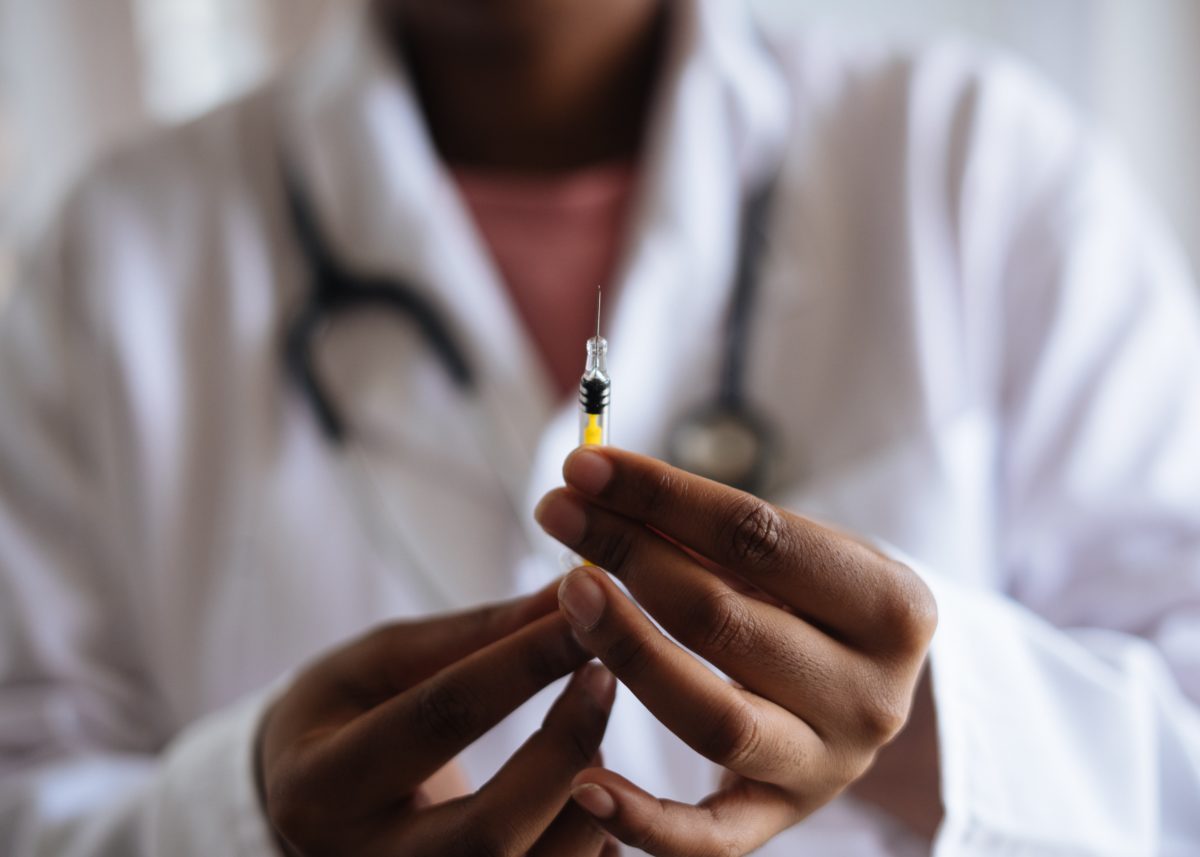Recent research has found that the use of continuous glucose monitoring (CGM) in older adults with type 1 diabetes can reduce the incidence of hypoglycemia. These results stem from a six-month, multi-site clinical trial called the Wireless Innovation for Seniors with Diabetes Mellitus (WISDM) Study Group. This trial was published in the Journal of the American Medical Association (JAMA).
Older patients with type 1 diabetes are susceptible to hypoglycemia, specifically in those who have had the chronic disease for a long time. Hypoglycemia occurs when one’s blood sugar becomes dangerously low. This can cause an altered mental state and potentially seizure and loss of consciousness that can result in death. This new research, however, suggests that older adults who use CGM devices can significantly decrease their risk of hypoglycemia while also lowering their hemoglobin A1c (HbA1c) levels.
Background of the CGM Study
The research team carried out this study to evaluate whether CGM use can decrease the incidence of hypoglycemia in older type 1 diabetes patients. These devices are designed to continuously measure one’s blood glucose levels, offering a convenient and minimally invasive means of monitoring diabetes. The device typically takes the form of a small wearable patch that relays blood glucose data to the user’s smartphone via Bluetooth.
“Reducing hypoglycemia is an important aspect of management of T1D in older adults, many of whom have difficultly recognizing symptoms of hypoglycemia or cognitive impairment,” said the study’s principal investigator Laura Young, MD, Ph.D., associate professor of medicine in the division of endocrinology and metabolism at the UNC School of Medicine.
Young and colleagues conducted a randomized, controlled trial with 203 participants aged 60 years or older at UNC-Chapel Hill and 21 other centers. Roughly half of the participants were given insulin through an insulin pump while the remainder received daily insulin injections. As for blood glucose measurements, half of the participants were given a Dexcom CGM to monitor their levels while the other half used the traditional finger-stick method.
Success of Wearable Sensors in Reducing Hypoglycemia
The team found that the time spent with glucose levels in a hypoglycemic range, defined as less than 70 mg/dl, was reduced from 73 minutes each day to only 39 minutes per day in the CGM group. This change was observed throughout the six-month study. This is much better than the control group, who went from 68 minutes to 70 minutes per day over the course of the study.
The findings of this study also suggest that CGM users are less likely to have severe hypoglycemic events than those using traditional finger-stick tests, with 10 participants of the control group having severe hypoglycemic events compared to only one in the CGM group. Half of the severe events in the control group were also accompanied by seizure or unconsciousness, symptoms that were absent in the one case among the CGM group.
Decreasing the incidence of hypoglycemia did not result in poor overall glucose control. This was shown in the average HbA1c levels of the CGM patients, a number that reflects blood sugar control over three months. HbA1c values for the CGM group decreased from 7.6% to 7.2% during the study, while the minimal decrease in the control group was only from 7.5% to 7.4%. The target HbA1c set by the American Diabetes Association is 7.0% or less, but targets for the patient population involved in this study are more lenient. Those using CGMs also remained in the target glucose range of 70-180 mg/dl for over two more hours each day as well. Among the profound findings of this trial was that 81% of the participants were still using their CGM sensors daily at the six-month mark, indicating that elderly patients with type 1 diabetes are willing to use the technology.
“For too long, the older population with diabetes has suffered from not-so-benign neglect from the medical community,” explained Young. “Despite the high prevalence of diabetes and its complications in this age group, very few studies have addressed the potential utility of new technologies in this population. In part, this may be due to the mistaken belief that older adults can’t manage or benefit from advanced technologies. Our study shows quite the opposite. Not only does CGM improve safety in older adults, it actually improves overall glycemic control. Moreover, the overwhelming majority of patients in our study used CGM most days for the entire duration of the study, demonstrating a high level of comfort with the technology in this population.”
The improvement in patient condition was seen both in those who used the insulin pump with their CGM and the multiple daily insulin injections as well, indicating that older patients who don’t want to switch to the pump can still stand to benefit from CGM technology.
In this @WRALTechWire story Dr. Laura Young explains a study that shows older adults who use continuous glucose monitoring devices can significantly reduce the occurrence of hypoglycemia and severe hypoglycemic events while also reducing hemoglobin A1c.https://t.co/g7rzOwg0BS
— UNC School of Medicine (@UNC_SOM) June 18, 2020
Source: Medical Xpress

